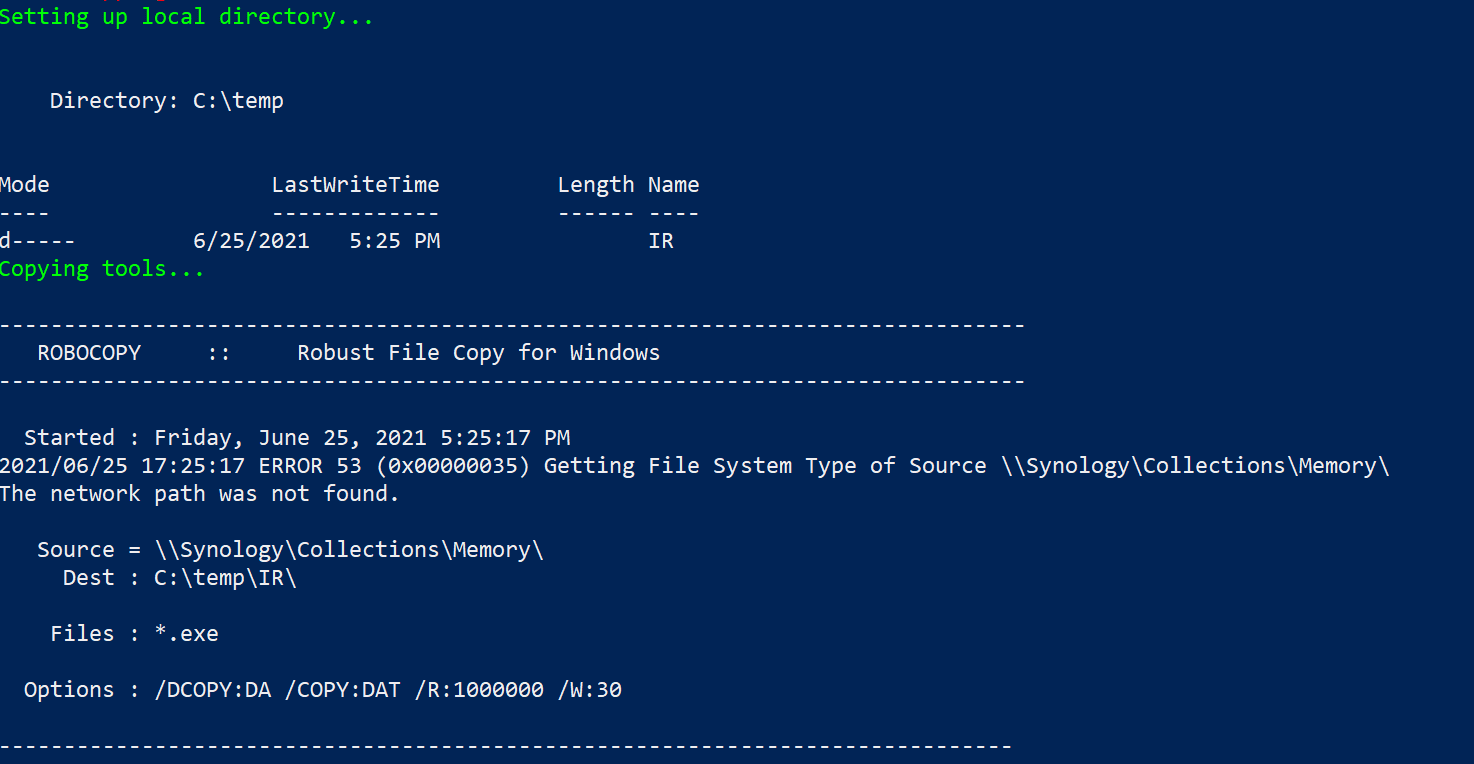From kitploit.com

This project’s goal is to be simple to create and destroy your own VPN service using WireGuard.
Prerequisites
- Terraform >= 1.0.0
- Ansible >= 2.10.5
How to Deploy
Terraform
Run with sudo is necessary because we need permission on localhost to install packages, configure a network interface and start a process.
Select your cloud provider AWS, DigitalOcean and open the directory
You can change the region or key name in the variable.tf





